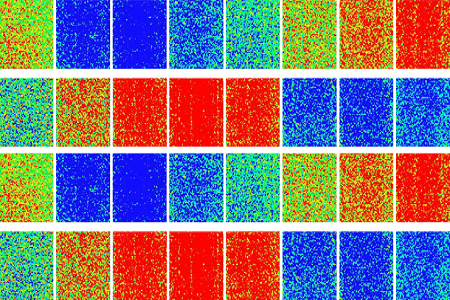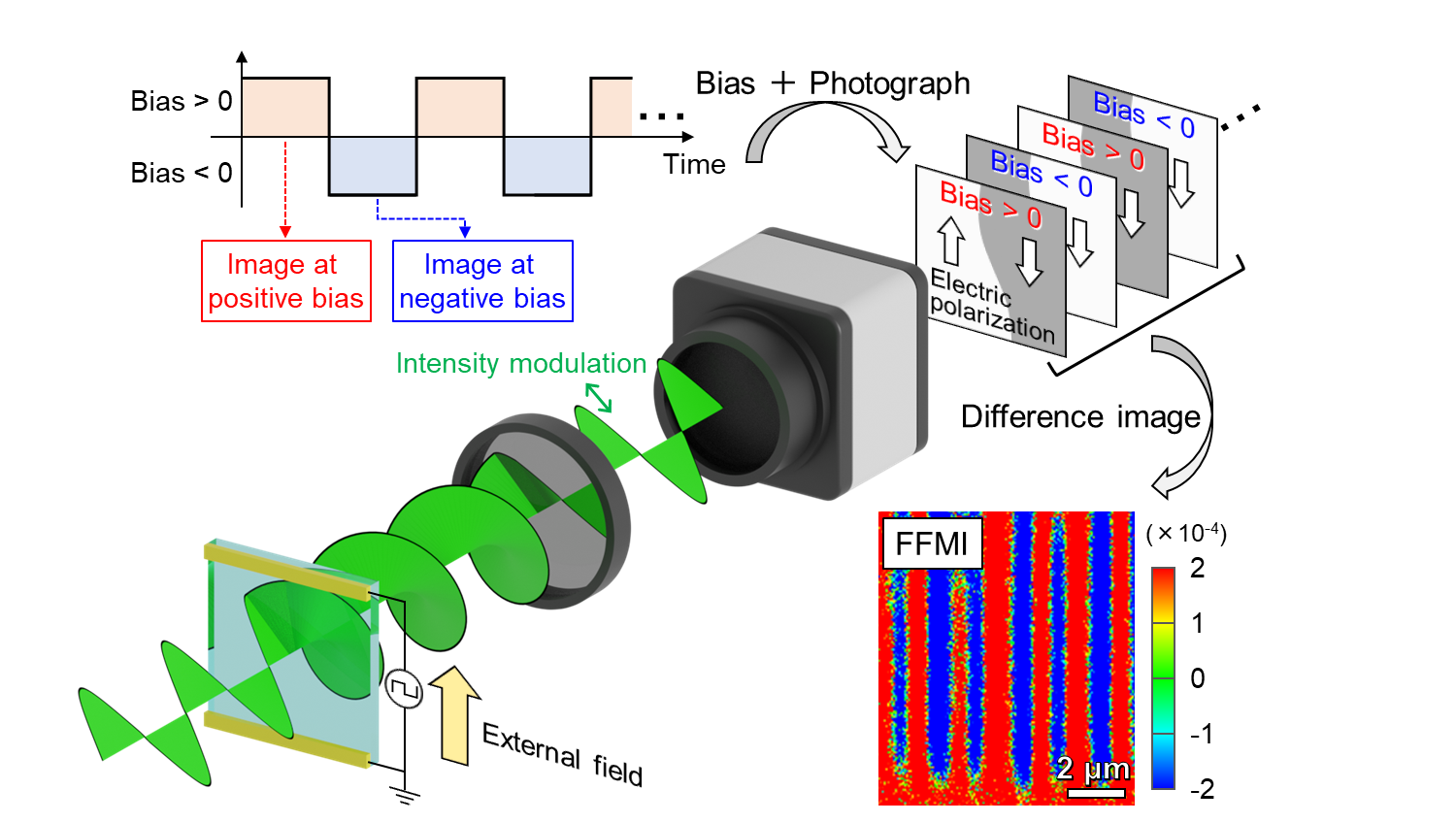How to see invisible materials Researchers invent a way to explore the structures of functional optical materials

Optical materials used in electro-optical devices, such as lasers, can be hard to investigate given their transparent nature. Researchers from the Department of Applied Physics have discovered how to study these materials using existing imaging tools in a whole new way. This research could be used by materials scientists or engineers who create optical devices.
Transparent materials, by their very defining characteristics, are see-through. This makes them especially suited for certain tasks such as controlling the way light propagates through a device or system such as a lens or a laser diode. However, as they are transparent, these optical materials can be difficult to study in fine detail. And to refine or improve upon designs for devices, greater control over the materials that comprise them is essential.
The pursuit of better transparent materials inspired researcher Yohei Uemura and his team to pioneer new ways to study these materials. They recently developed a technique called birefringent field-modulation imaging. This uses a high-precision digital camera and a microscope that transmits and records polarized, or twisted, light. These are both fairly standard analytical tools, but which have not been combined in this particular way before.
“First we fire polarized light at the sample we wish to see in detail; ordinarily, this light would just scatter and pass through a transparent material,” said Uemura. “So we apply carefully tuned electric fields to the sample, which slightly changes the refractive index of the sample, the way light passes through it. As we oscillate these external electric fields, it affects how the polarized light behaves, and this behavior is captured by the microscope and camera. From this visual data we infer structural details of otherwise invisible materials.”

Modulation imaging. A diagram of the device and a sample image of what the camera sees. © 2020 Uemura et al.
The stage of this process where electric fields affect the behavior of light is known as the electro-optic effect, and it has previously only been seen to work with nontransparent materials, for example colored translucent ones. This is the first time it has been applied in such a way, and successfully, to fully transparent samples. Of particular interest to the researchers is the study of what are called transparent ferroelectric materials, as these are used extensively in high-precision, high-performance electro-optical devices.
“It’s not just that we can see fine details, but also that this method is rapid and covers wide areas, too, that makes it very appealing,” said Uemura. “As it does not require physical contact with the materials, we can work with delicate samples as well. In spite of this, it was surprising that we obtained images with such clarity given the signal intensity is very small — the change of transmittance of light induced by the applied electric field is only about 0.01%. Modulation imaging allows us to see the invisible.”
Papers
Yohei Uemura, Satoshi Matsuoka, Jun’ya Tsutsumi, Sachio Horiuchi, Shunto Arai, and Tatsuo Hasegawa, "irefringent field-modulation imaging of transparent ferroelectrics," Physical Review Applied: August 21, 2020, doi:10.1103/PhysRevApplied.14.024060.
Link (Publication )
)





